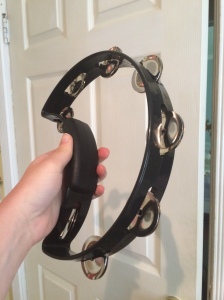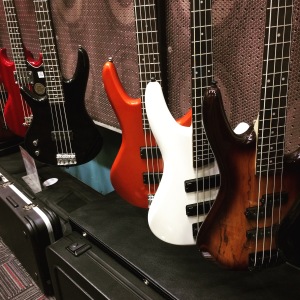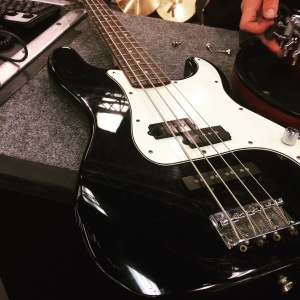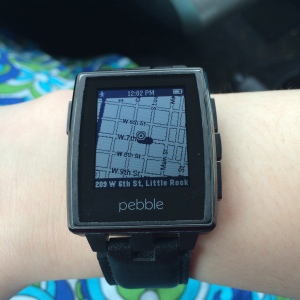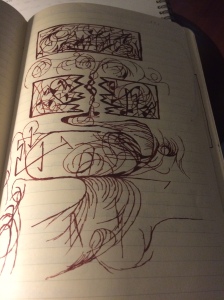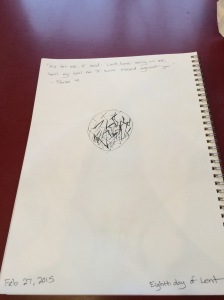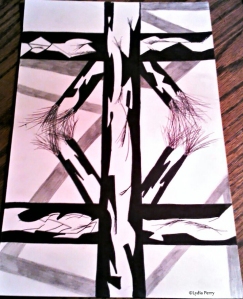As the advertisements for the new Anne of Green Gables series poured into my Facebook feed, I became intrigued. I knew I would probably not enjoy it as much as the original CBC version from 1985 with Megan Follows, Coleen Dewhurst, and Richard Farnsworth, but I was happy that the story line was popular enough to warrant another production of Lucy Maude Montgomery’s classic tale. Just because an almost-perfect adaption of a literature classic is available, it doesn’t mean we shouldn’t give other adaptations a chance. However, while some elements of the adaptation are noteworthy, I found myself rolling my eyes in the first five minutes of the movie.
Overall, the biggest disappointment to me in this adaption was the development of the story, especially in the beginning. I understand it can be difficult to squeeze all elements of the story together in an hour and a half, but in order to fully understand the true pain, confusion, and excitement in the story, you MUST flesh out the history and background of Anne’s life, in which she bounces in between different orphanages and abuse family environments. The 1985 version changes the timeline of the story from the book in order to accommodate the viewer. Once she enters the town of Avonlea with Matthew Cuthbert, we share in Anne’s excitement when she gets to enter into world of the “Lake of Shining Waters.” While this development is different than the book, it helps the viewer understand how painful it was to hear Marilla say she wanted a boy instead of a girl. In the new version, all we immediately see is Matthew picking up this cute little girl and taking her back to Green Gables. She thinks it’s pretty, and suddenly is saddened when Marilla says there’s been a mistake. While it would be a sad disappointment in general, the audience does not truly understand the extent to which she is saddened. The whole situation is stunted.
The character’s personalities are unique too in the new adaptation. In the book and 1985 adaptation, Matthew Cuthbert is quiet, timid, shy, and very loving. He is the quiet, loving man who counters Marilla’s harsh, stoic personality. While I appreciate Martin Sheen’s loving interpretation of Matthew, he is way too talkative and energetic. Matthew sits on the sidelines. He’s not a go-getter or a conversation starter.
Colleen Dewhurst was a genius in her interpretation of Marilla Cuthbert. You could read every thought she had in her body language. Her eyes could speak what was speechless. She created a multi-layered character that allows viewers to see slow growth and development in her exposure to Anne’s influence. She was stoic, strict, and at many times impatient, but you knew there was something warm, compassionate, and loving deep inside of her that needed to be exposed. It would only be a matter of time when she confessed to Matthew that God knew they needed Anne. Sadly, we did not see this development of Marilla in the new adaptation. Even without the detailed development of the character, I’m a little dumbfounded at the lack of stoicism. The Marilla portrayed in this adaptation is way too relaxed and patient. We do not really see that much tension between Marilla and Anne. You can see her try to teach and discipline Anne, especially in the episode with Rachel Lynde, but there’s no real sense of tension, anxiety, and anger as there should be. One story that really showcased the tension between the Anne and Marilla in the 1985 version occurs in the story of the missing broach, in which Marilla accuses her of stealing this prized piece of jewelry. When Marilla confronts Anne, you can truly feel the sense of dread. You could feel her stomach sink. In the new adaptation, the story almost gets forced into the movie. Marilla loses the broach, accuses Anne, and minutes later finds it. No sense of dread, fear, or anger.
Last, but not least, Megan Follows, of course, will still show the best version of Anne Shirley. That is not to say Ella Ballentine doesn’t do a good job. She presents Anne in a bit of a fiesty, bitter way that showcases how she deals with her abusive past. I think the writers could have done a better job fleshing out her story and attitude so the audience can really see her struggle. Only seeing emotional outbursts doesn’t do the story justice. She also does not show Anne’s over-talkative nature, though in a short timeframe I can see how that would be difficult to project.
The new adaptation, however, does have some redeeming qualities. The music and scenery are beautiful and really showcase the landscape and culture of Prince Edward Island in the early 1900s. For someone living in the south, it is nice to enter into the culture. While Matthew Cuthbert and Anne Shirley are different from the book and 1985 movie, they are lovable characters.
Overall, the biggest issue is for those who have never read Anne of Green Gables or seen the original 1985 movies. For those who know the backstory, we can fill in the blanks and understand the context in a greater way. For those who only watch the new adaptation, though, they will not truly see the storyline and character development that made us fall in love with everyone on Prince Edward Island. But if this movie sparks an interest in the original story and a greater appreciation of good literature, then I can’t complain.
